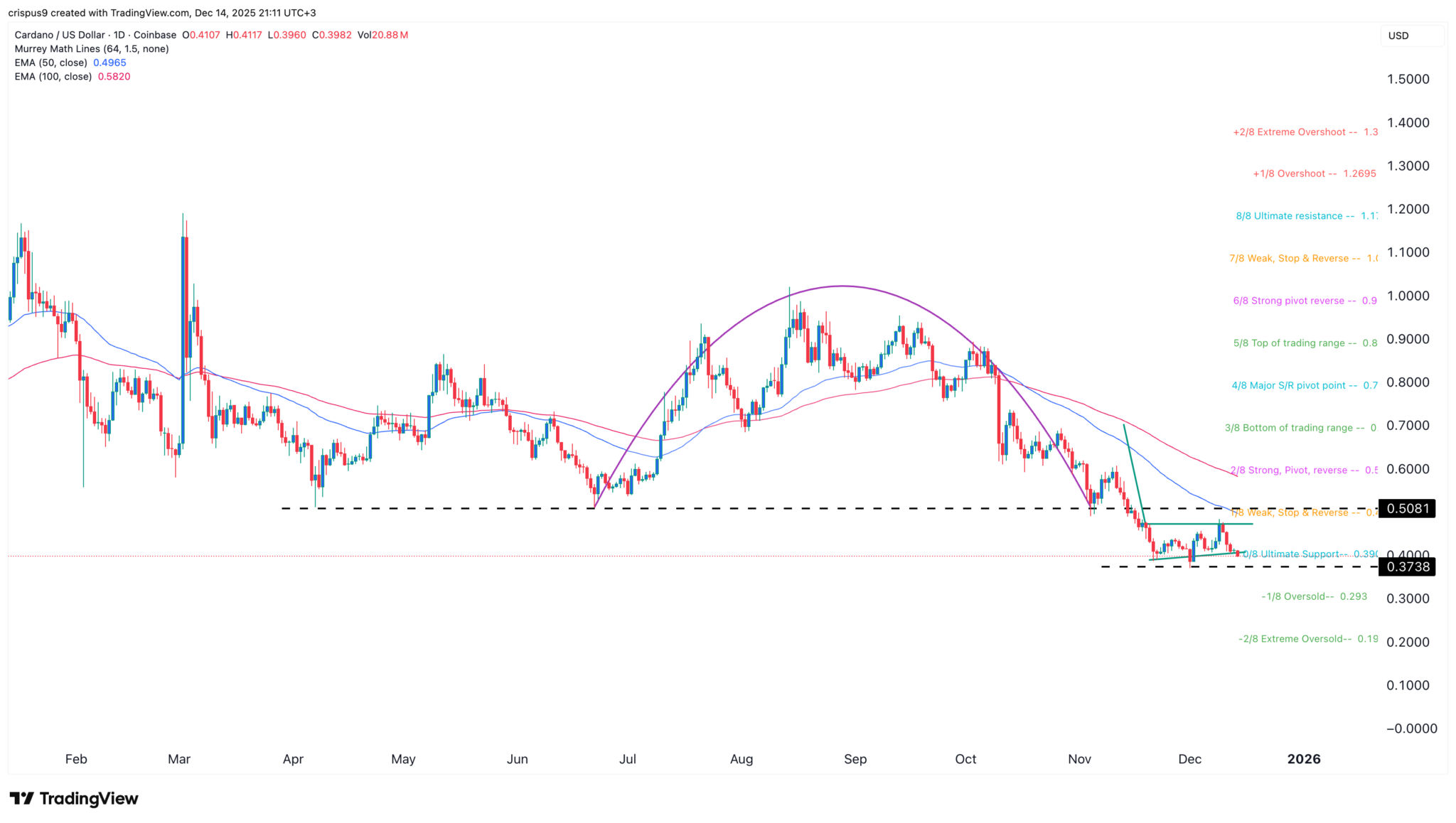Revolutionizing Digital Identity Solutions with COTI V2
COTI V2 introduces a comprehensive confidentiality solution, based on Garbled Circuits, unlocking a whole new world of use cases.

COTI V2 introduces a comprehensive confidentiality solution, based on Garbled Circuits, unlocking a whole new world of use cases. After identifying what we believe are some of the most critical use cases, in this series of articles, we’ll explore each of these in-depth. This article focuses on how COTI V2 transforms digital identity solutions.
The evolution of digital identity has been a slow but steady one. From primitive username-password control to the advent of two-factor authentication and biometric security, we’ve seen a gradual yet reliable improvement in the sophistication, usability, and functionality of these emerging solutions.
The KYC Era
For the most part, this evolution has been driven by stringent Know Your Customer (KYC) regulations imposed on businesses wishing to trade online. While this may have helped to reduce fraud and money laundering, it requires each business to be the custodian of their customer’s personal identification documents and for users to perform KYC processes multiple times, one for each business they interact with. Evidently, other than being inefficient, the number of security breaches in recent history would suggest that many businesses are ill-equipped to safeguard their customer’s data against malicious theft.
Digital Identity and the ZK Era
Zero Knowledge (ZK) would aim to solve this with an entirely new paradigm: decentralized identity (DID). In this model, each user is in control of their own digital identity, providing access only to those who they deem trustworthy. Not only does this foster an empowered self-sovereignty over individual identity, it also lessens the impact of any potential data breach.
While ZK-powered decentralized identities have long been heralded as the solution for a number of identity and verification problems within Web3, they aren’t without their limitations, particularly in terms of calculations and data sharing. ZK is only useful when the sort of questions that are asked about the user data are known in advance and proofs are already made.
Dynamic Digital Identity and the COTI V2 Era
COTI V2 allows the evolution of Decentralized Identity to Dynamic Decentralized Identity (or DyDID in short). This innovative approach revolutionizes the way identity verification and personal information are managed within the blockchain ecosystem, enabling a host of advanced use cases.
As a lead promoter of the Dynamic DID paradigm, COTI V2, developed in collaboration with Soda Labs, empowers users with full control over their personal data while still enabling seamless compliance with regulatory frameworks like Anti-Money Laundering (AML) and Know Your Customer (KYC) requirements. Enabling true self-sovereignty of their digital identity, users can securely store their sensitive information with third parties without having to physically disclose it. This pivotal shift not only enhances user privacy but also fosters a more secure and transparent environment for digital interactions.
One of the key features of Dynamic DID is the ability to facilitate data sharing and calculations without compromising the confidentiality of the underlying information. Through fine-grained access control mechanisms over encrypted data and decentralized storage mechanisms, Dynamic DIDs will enable dApps to interact with digital identities and query complex insights without accessing sensitive data. For example, through Dynamic DID, dApps can verify a user’s location, confirm they haven’t accessed malicious or banned services and provide a user experience based on their ever-evolving home country’s regulations — all together, without accessing personal details directly.
To be more specific, let’s envision a scenario where a company announces an airdrop with specific rules: participants must not be from restricted countries and must own at least one NFT to qualify for rewards. A user joins using his own account abstraction wallet, confirming that he is not from a restricted country. Later, he buys an NFT. When it’s time to distribute rewards, the company uses Dynamic DID to verify eligibility based on the criteria they set earlier. The user doesn’t need to provide extra data, unlike with ZK-based solutions; his encrypted information, including NFT ownership, is already stored and accessible for reward distribution through Dynamic DID.
The implications of Dynamic DID extend far beyond traditional blockchain applications. In the traditional financial systems of the world, confidentiality is mandatory for global parties to participate. In fact, many regulations exist solely to protect the private information of businesses and individuals.
By creating trustless environments where parties can interact globally while adhering to regulatory requirements, Dynamic DID opens the door to a myriad of possibilities for both Web2 and Web3 platforms. Whether it’s facilitating cross-border transactions, enabling secure identity verification for online services, or streamlining regulatory compliance processes, Dynamic DID paves the way for innovative solutions across various industries.
Dynamic DID built on COTI V2 infrastructure is poised to catalyze the emergence of new sub-industries focused on providing global services in a fully regulated and privacy-preserving manner. From decentralized finance platforms to digital identity solutions, the integration of Dynamic DID offers unparalleled opportunities for innovation and growth.
Excitingly, COTI has already secured its first strategic partner for Dynamic DID, marking a significant milestone in the journey towards widespread adoption. Keep an eye out for our forthcoming partnership announcement.
Stay COTI!
Delegate Your Voting Power to FEED DRep in Cardano Governance.
DRep ID: drep12ukt4ctzmtf6l5rj76cddgf3dvuy0lfz7uky08jfvgr9ugaapz4 | We are driven to register as a DRep by our deep dedication to the Cardano ecosystem and our aspiration to take an active role in its development, ensuring that its progress stays true to the principles of decentralization, security, and community empowerment.DELEGATE VOTING POWER!




